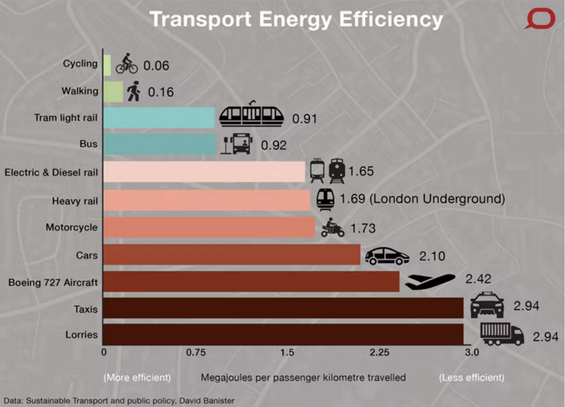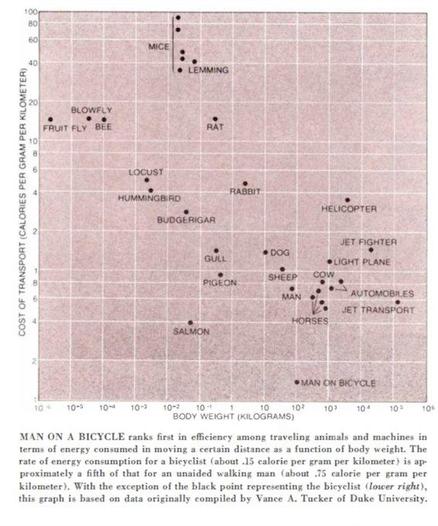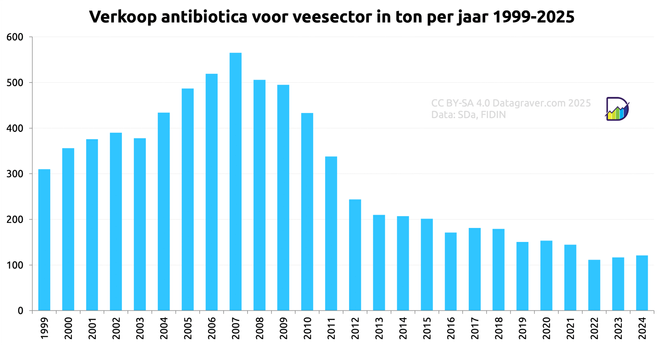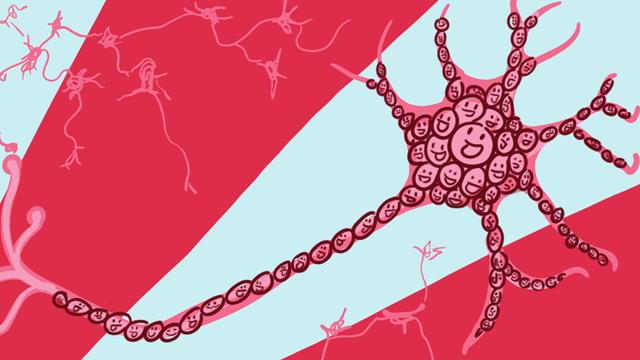What is citizen neuroscience and why does it matter?
Image credit: Ionut Stefan
I started this article with a clear idea: talk to you about cool neuroscience projects that used “the power of the people” to find out something interesting about the brain. In other words, make citizen neuroscience more well-known, since, as the name suggests, it’s supposed to involve citizens and all that. But those who’ve been here before probably know that I like to start my articles with a good definition of what we’re actually discussing, to make sure we’re all on the same page. And more often than not, the concept turns out to be fuzzier than I expected. This time was no exception.
The definition
“C’mon, what can be so complicated about citizen neuroscience?!” Believe me, I had the same thought. In theory, it’s all quite simple: citizen neuroscience is a subfield of citizen science, and that refers to citizens engaged in the process of generating science. But… engaged how? Do they collect data? Formulate hypotheses? Write up results? Are they doing this independently or do they need to collaborate with someone whose official job is to do science? Are they doing this for free or should they be paid? These are just some of the aspects to consider when it comes to defining citizen (neuro)science.
Depending on the project, it can be any combination of the above, and sometimes more. On the one hand, having such a broad and flexible definition is great because it allows citizen science to be inclusive and adaptable. On the other hand, it can be tricky to get a good grasp of the field. In turn, that makes it difficult not only to learn about it, but also to properly catalogue, evaluate, and fund such initiatives.
Still, the flexibility matters more here. So the solution isn’t to come up with an all-encompassing definition, but to stay aware of the fuzziness surrounding it.
The why and the how
Now that we’re somewhat clear on the “what”, we can move on to the finer details. First, why do we need citizen neuroscience in the first place? Why isn’t academic science enough? For today, I’ll focus on two points: the large amount of data and the lack of broad enough data. Secondly, if citizen neuroscience is important, how can we actually make it happen?
More data than manpower
Understanding the brain requires a lot of data. So much data, in fact, that neuroscientists sometimes generate more data than they have the capacity to analyze. And yes, they do try to use AI, but no matter what you might’ve heard, AI isn’t magical and human input is still very much necessary. That’s why data analysis is one area where citizen contributions can be very helpful, provided a couple of conditions are met.
Take Eyewire and FlyWire as examples. They are both projects focused on creating a map of connections between neurons: Eyewire looks at a piece of the human retina, whereas FlyWire recently finished mapping the entire brain of a fruit fly (Drosophila) down to the synapse level. To understand how that works, imagine you have a bundle of braided wires, which you slice into many paper-thin cross-sections and you photograph these slices. What you get is a huge stack of 2D images that you can use to reconstruct individual wires. However, that requires you to go through those images one by one, tracing the path of each wire as it twists, turns, splits, and merges.
That’s how neuron tracing works too. Here, AI can provide an initial guesstimate of the path, but someone still needs to manually go through it and check if it did a good job. Now, to get a sense of the scale: for the fruit fly brain, for example, there were about 7.000 slices to be checked, and about 140.000 neurons that were eventually mapped. That’s an enormous amount and something that wouldn’t have been possible without the contribution of hundreds of citizen scientists.
Eyewire made that possible by turning neuron tracing into a game where players earn points for accurate tracing and where that accuracy is determined based on community consensus. FlyWire built on that, using the data from Eyewire to train its AI, and employing a similar system for its citizen contributors. Both projects are great examples of how citizen neuroscience can work when done right.
Of course, this begs the question: is citizen neuroscience the one true solution to the massive amounts of data in all of neuroscience? Well, not really. It definitely helps, but not all projects tick the boxes that made Eyewire and FlyWire so successful: a low barrier to entry, an engaging task, and strong infrastructure to support both the science and the people doing it. And when human data is involved, access becomes much trickier (for good reason), making such initiatives a lot more difficult to develop.
But although not all analyses lend themselves to this blueprint, that doesn’t mean citizen involvement in neuroscience ends here.
Not enough brains in the data
Which brings us to the second point on the agenda: neuroscience needs even more data than it has at the moment. I know, it seems counterintuitive: if it can’t handle what it already has, why add more? But you see, neuroscience is a heterogeneous field. On the one hand, there are areas like connectomics (what we discussed above) that produce tons of rich data from small sample sizes (only one retina or only one fruit fly brain, for example). On the other hand, there are the areas that try to draw conclusions about humans as a whole. For that, researchers tend to use whatever is at hand, which historically meant 15-20 WEIRD psych undergrads (WEIRD stands for Western, Educated, Industrialized, Rich, Democratic).
Citizen neuroscience projects in this direction allow researchers to expand beyond their immediate surroundings. One such example is the Music Lab, an online platform where you can take part in fun experiments related to music perception (and potentially get hard proof of how bad you are at recognizing tunes, as a certain blog author did). Another one is Neureka, an app-based initiative which allows people to track their mood and behavior over time and which aims to use that information for detecting mental disorders and developing appropriate interventions.
These are behavioural projects, but with the advent of consumer-grade neurotech, the possibility of collecting brain-related data at home isn’t so far-fetched anymore. People are already using actigraphy for sleep tracking. Portable eye trackers can capture real-world gaze behavior. And more tools are on the way.
While I’m really looking forward to seeing how the field will develop, this article wouldn’t be complete without mentioning some of the challenges that still need to be sorted out. From the researchers’ perspective, quality in both data collection and analysis is crucial. From the participants’ perspective, as we hinted above, the task has to be easily accessible and rewarding. Plus, contributions should be properly acknowledged. With respect to the scientific process as a whole, accountability needs to be clearly defined – who’s responsible for the project, for what goes wrong, for how the data is handled and stored, for how the results are published, etc. Finally, a quick glance at the geographic distribution of such projects will tell you that they’re a reflection of the underlying socioeconomic background of the world: they mostly originate in developed Western countries. That’s hardly surprising, but if we want to reach a universal understanding of brain and behavior, then we need to build a system that includes more of the globe.
What to do
So why should care? Because understanding the brain takes more than lab coats and fMRI scans. It needs broader participation, and that includes people who aren’t part of academia.
And what can you do? If you have free time to spare, get involved in an open project (Google is quite helpful, but if you’re in the EU, it’s worth checking out this website first). If you’re a researcher, think about how you could open up your work to wider participation. And if you’re a funding agency: well, someone’s got to pay for all this.
Also, if you’re involved in a cool citizen neuroscience project or know of any such projects, feel free to drop them in the comments below.
What did you think about this post? Let us know in the comments below. And if you’d like to support our work, feel free to share it with your friends, buy us a coffee here, or even both.
Subscribe to our RSS feed here.
You might also like:
References
Alemanno, M., Di Pompeo, I., Marcaccio, M., Canini, D., Curcio, G., & Migliore, S. (2025). From Gaze to Game: A Systematic Review of Eye Tracking Applications in Basketball. https://doi.org/10.20944/preprints202503.2114.v1
Jafarzadeh Esfahani, M., Sikder, N., Horst, R. ter, Weber, F. D., Daraie, A. H., Appel, K., Bevelander, K., & Dresler, M. (2023). Citizen neuroscience: wearable technology and open software to study the human brain in its natural habitat. https://doi.org/10.31234/osf.io/4mfcd
Vohland, K., Land-Zandstra, A., Ceccaroni, L., Lemmens, R., Perelló, J., Ponti, M., Samson, R., & Wagenknecht, K. (Eds.) (2021). The Science of Citizen Science. Springer. https://doi.org/10.1007/978-3-030-58278-4
#connectome #music #neuroscience





